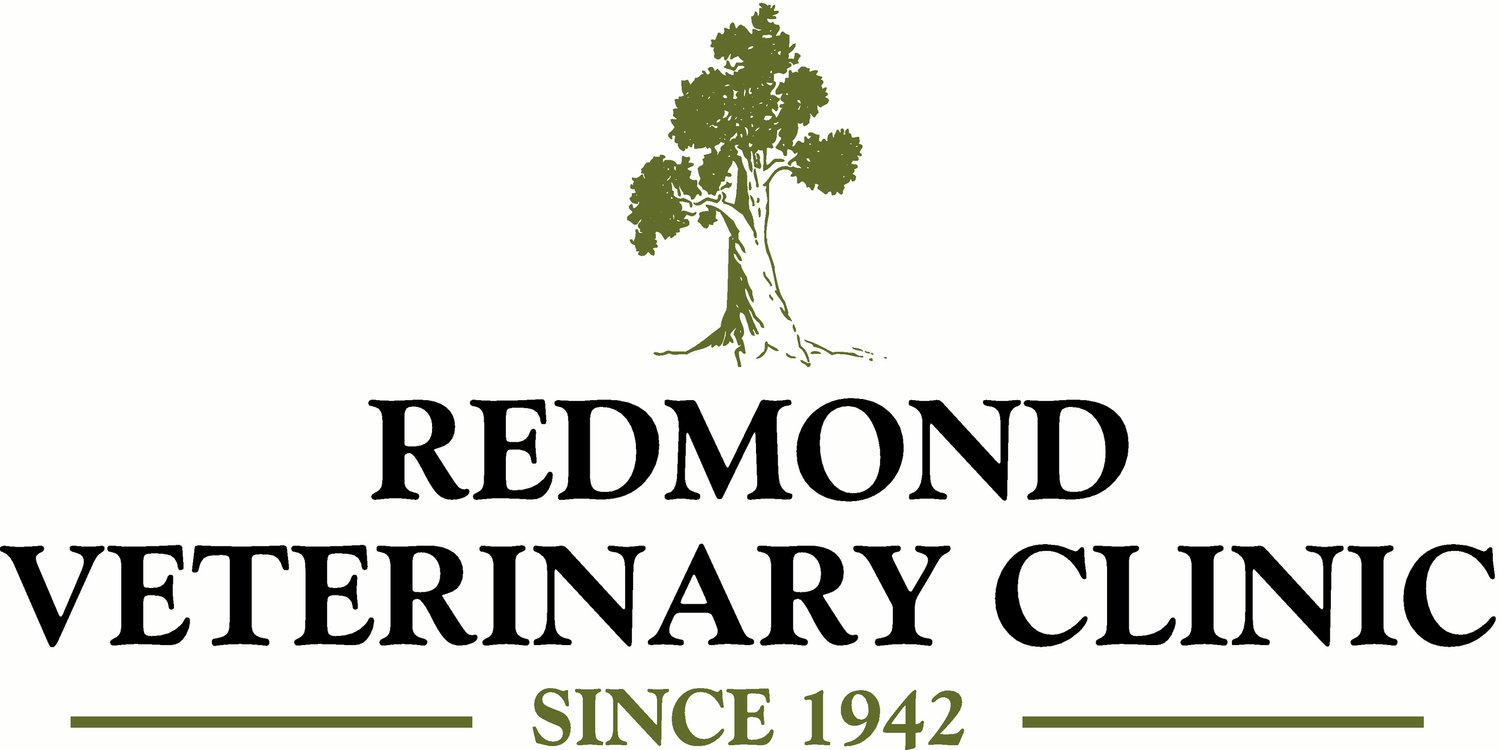Laparoscopy is a minimally invasive technique for viewing the internal structures of the abdomen. A laparoscope (camera) inserted through a small incision in the abdomen magnifies internal structures of the abdomen on a TV monitor for a more thorough examination. Additional small incisions are made to facilitate the use of surgical instruments. The most common application of laparoscopy is biopsy. In recent years, laparoscopy has been adopted as a less traumatic and less painful alternative to traditional spays.
A recent study concluded laparoscopic spays caused less surgical stress and up to 65% less post-operative pain than a traditional open surgical spay.*
Laparoscopy
Advantages of Laparoscopic Spays over Traditional Surgery
The entire surgery is performed through a few tiny incisions rather than a larger abdominal opening. Smaller incisions are less painful and reduce recovery time.
Usually performed as an outpatient procedure so your pet recovers at home. (Traditional open spays typically require an overnight stay.)
Allows for excellent visualization of abdominal organs.
Controlled incisions eliminate pain and bruising caused by the tearing of tissue associated with traditional spays.
In larger breed dogs gastropexy can be performed at the time of spay.
When performing a laparoscopic spay, the procedure is done through two or three tiny incisions in the abdomen, typically 3/16” in size. The procedure is performed with magnified views of the organs allowing for greater precision. The ovarian ligament is carefully cut and cauterized, rather than torn. Laparoscopic spays offer patients up to 65% less pain,* minimal recovery time and less trauma than traditional spays.
In a traditional spay a 2” to 3” or larger incision is made in the abdomen through which the ovarian ligament is blindly torn from the abdominal wall. This tearing may cause bruising and postoperative pain. Traditional spays require significant tension on the ovaries and uterus which may cause trauma and bleeding. Traditional spays are typically performed as in-patient surgeries which require an overnight stay
*Devitt, Chad, DVM, MS, DACVS. “Duration, Complication, Stress and Pain of Open Ovariohysterectomy Versus a Simple Method of Laparoscopic-Assisted Ovariohysterectomy in Dogs.”
Journal of the American Veterinary Medical Association Volume 227, Number 6 (September 15, 2005).
©2007 Karl Storz Veterinary Endoscopy-America, All Rights Reserved


